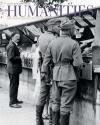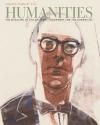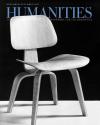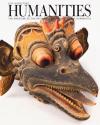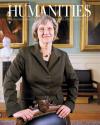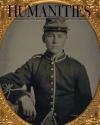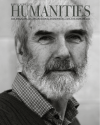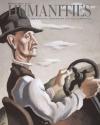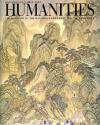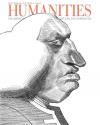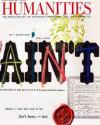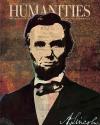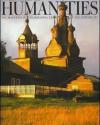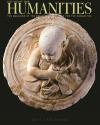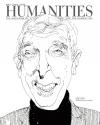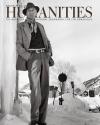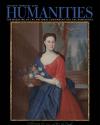January/February 2011
In This Issue January/February 2011

Volume 32, Issue 1
Unidentified young soldier in a New York Zouave uniform. North and South had Zouave regiments, which took their name and inspiration from the dashing native North African troops employed by the French Army as fighters and mercenaries.Liljenquist Family Collection, Library of Congress
-
Features
Mo Yan 101
Sometime in the late 1960s or early seventies, a neighbor told Guan Moye about a writer he knew whose work was so popular that he could afford to eat jiaozi—“those tasty little pork dumplings
By James WillifordA Sculptured Landscape
Fifty-five outdoor sculptures define a modern sensibility at tiny Ursinus College.
By Steve MoyerDigging Across Panama
The Americans triumphed over yellow fever, landslides, and worker strikes to change the earth's landscape.
By Edward TennerNewton, The Last Magician
The great man of science had more than a passing interest in alchemy.
By Sam Kean -
Departments
Statements
A Fish Story
California finds its own history in a documentary about the punk/funk/ska band Fishbone.
By Amy LifsonA Very Hungry Reader
Massachusetts focuses on the food imagery in Eric Carle's illustrations.
By Sarah AuerbachAfter Shock
Maine holds a conference relating war trauma to classical literature in Washington, D.C.
By Beth BakerCurio
Akhmatova's Boswell
From the early 1980s until around 2000, there was a publishing explosion of Russian diaries and memoirs recalling Stalin’s Terror and World War II.
By Steve MoyerBedtime Stories
Did you hear the one about the Japanese villagers who performed burial rights for an American World War II pilot by following the text of James Joyce’s Finnegans Wake?
By Amy LifsonMedical Assurance
In the NEH-supported American Nursing: A History of Knowledge, Authority, and the Meaning of Work by Patricia D’Antonio, and published by Johns Hopkins University Press in 2010, we learn of t
By Steve MoyerWheel of Cogitation
Oregon Humanities’ Wheel of Cogitation travels about to street fairs with the aim of starting conversations that lead to an exchange of ideas.
By Steve MoyerBrain Booster
This ingenious handmade apparatus for cranial osteopathy, ca. 1930s, was constructed from pieces of two catchers’ mitts and a belt. Cranial osteopathy, developed by Dr.
By Steve MoyerConversation
The Real Mo Yan
The renowned Chinese novelist talks with NEH Chairman Jim Leach.
In Focus
EdNote
Editor's Note, January/February 2011
Many of us will contemplate the Civil War during the sesquicentennial, and Randall Fuller inaugurates the proceedings with a study of how the war changed the poetry of Walt Whitman.
By David Skinner








